A quick look at a crankcase valve and description of how it operates.
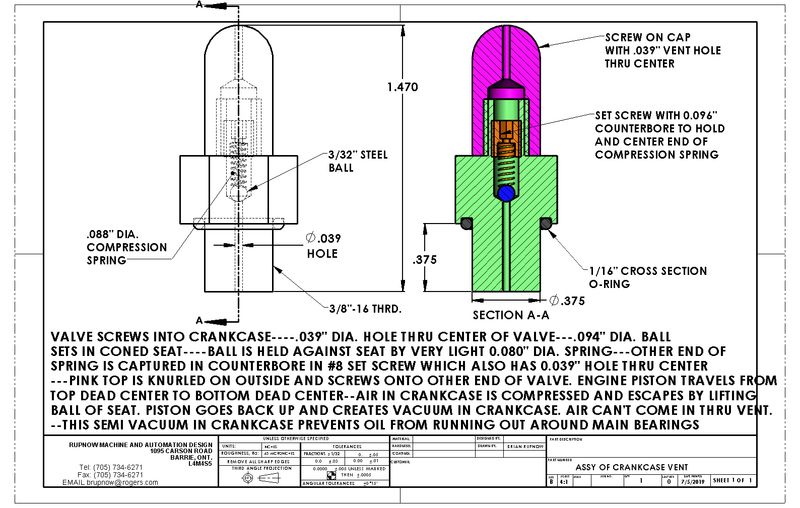



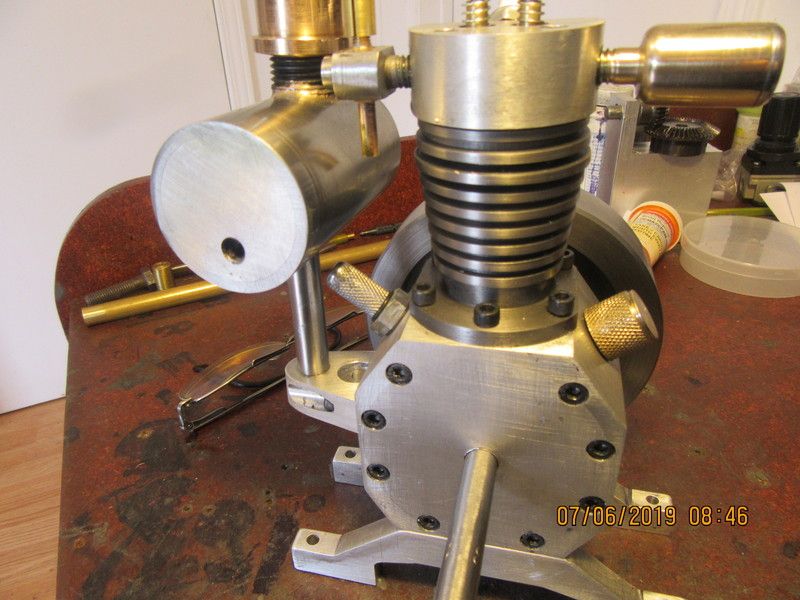
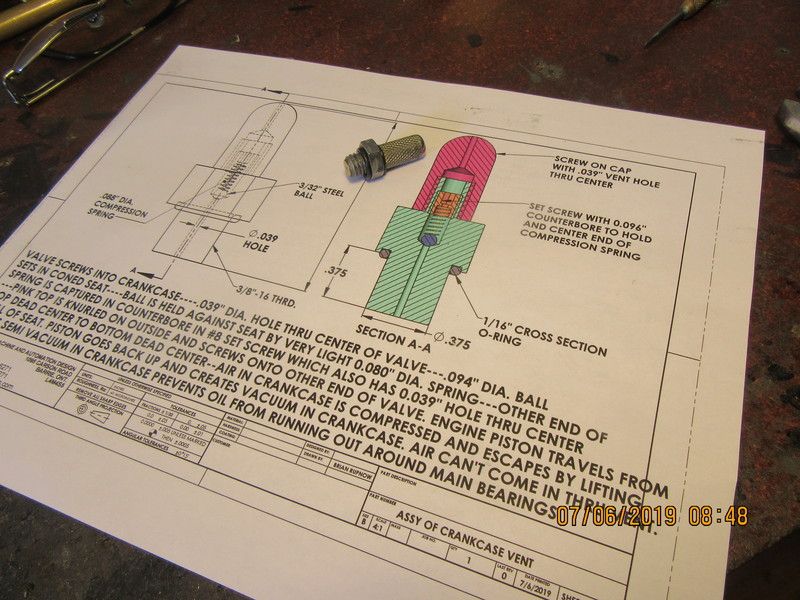
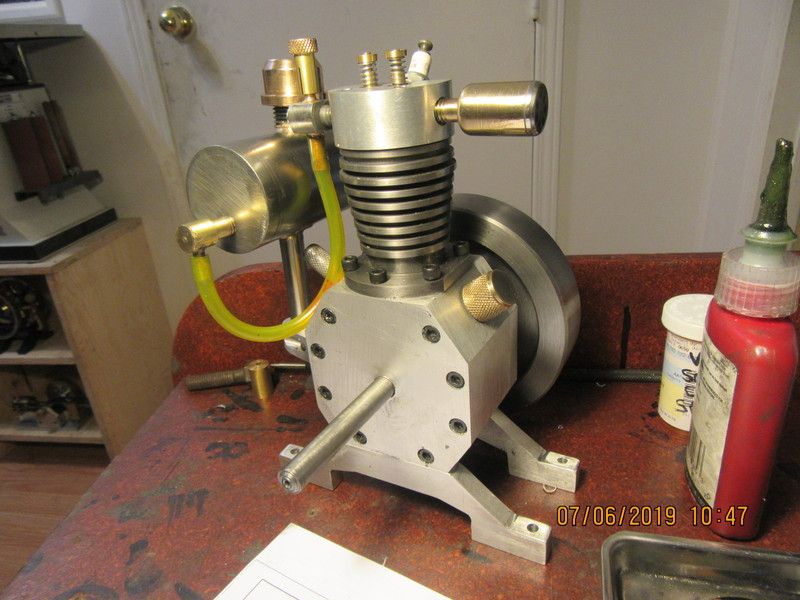


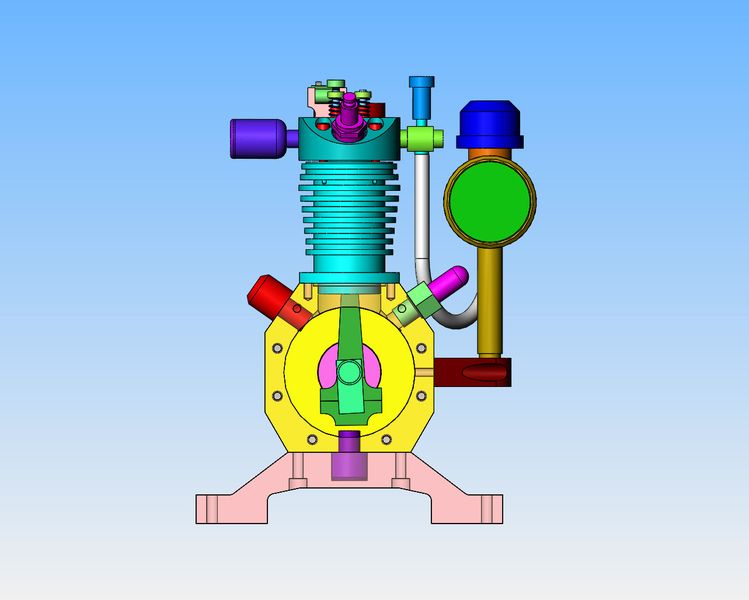





![DreamPlan Home Design and Landscaping Software Free for Windows [PC Download]](https://m.media-amazon.com/images/I/51kvZH2dVLL._SL500_.jpg)




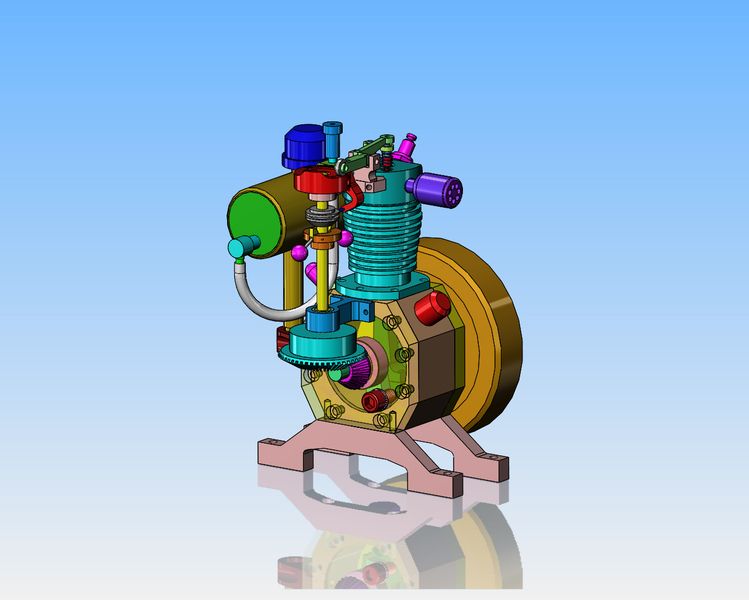
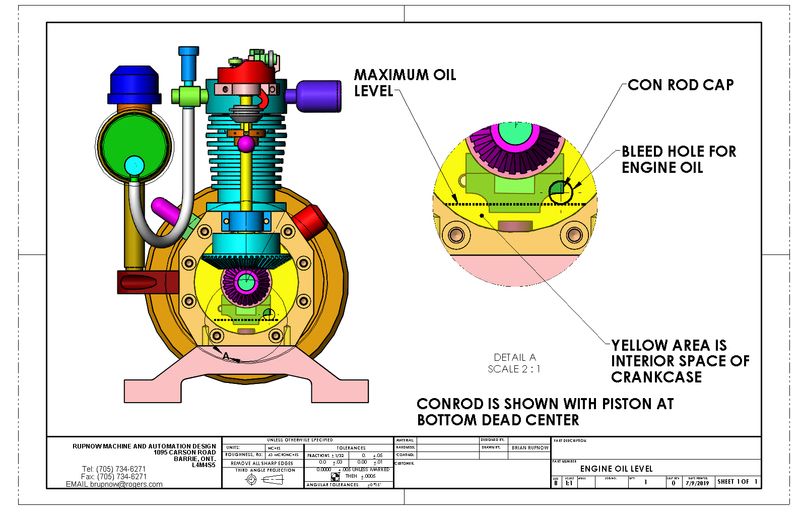

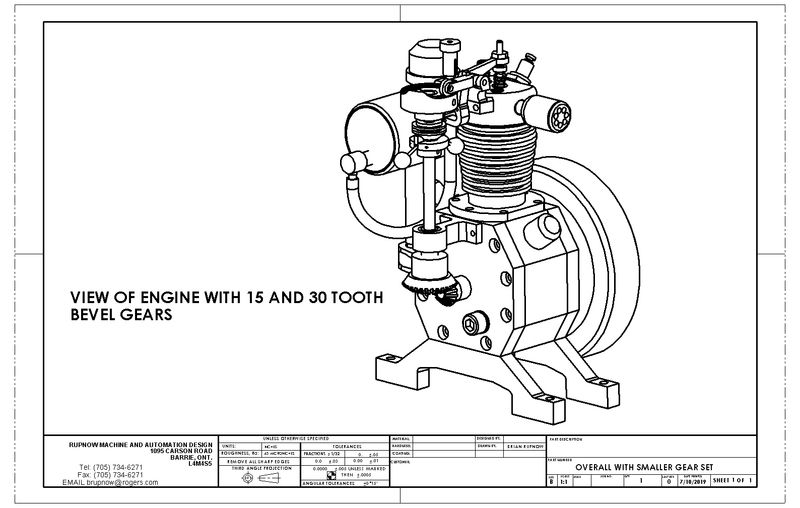
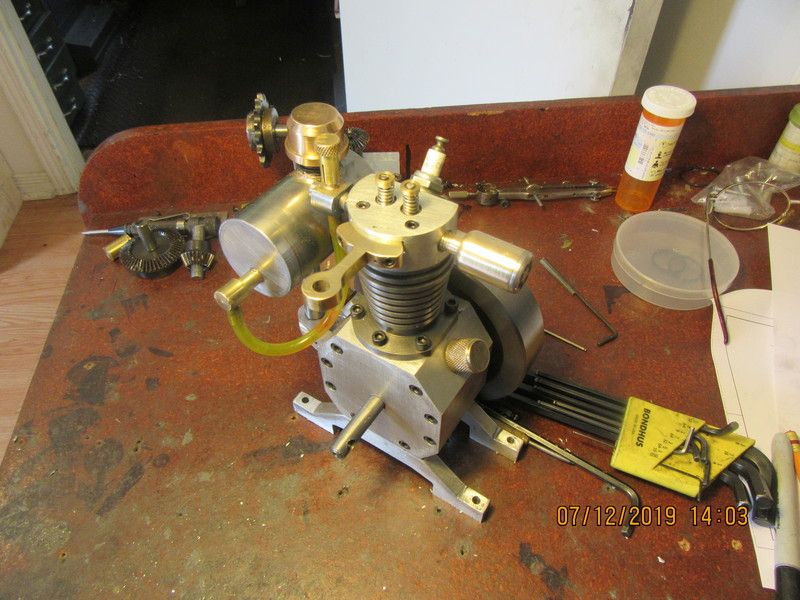
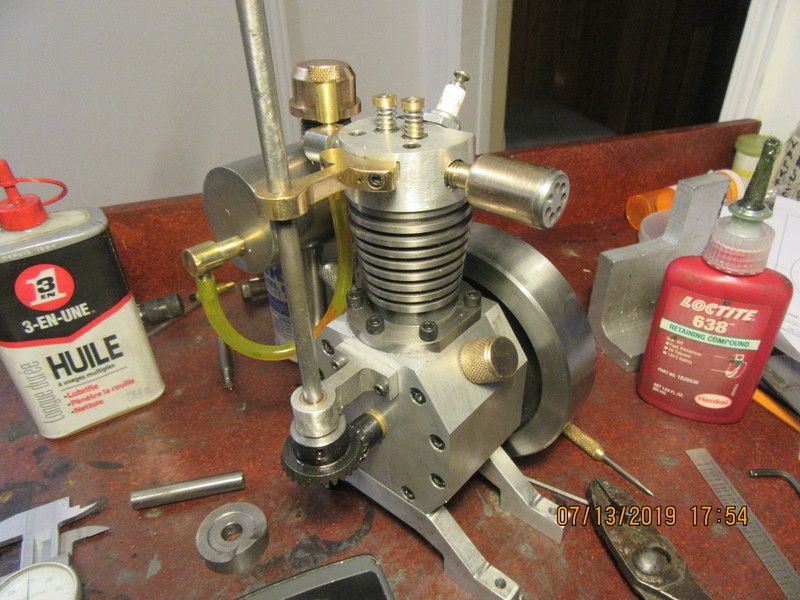
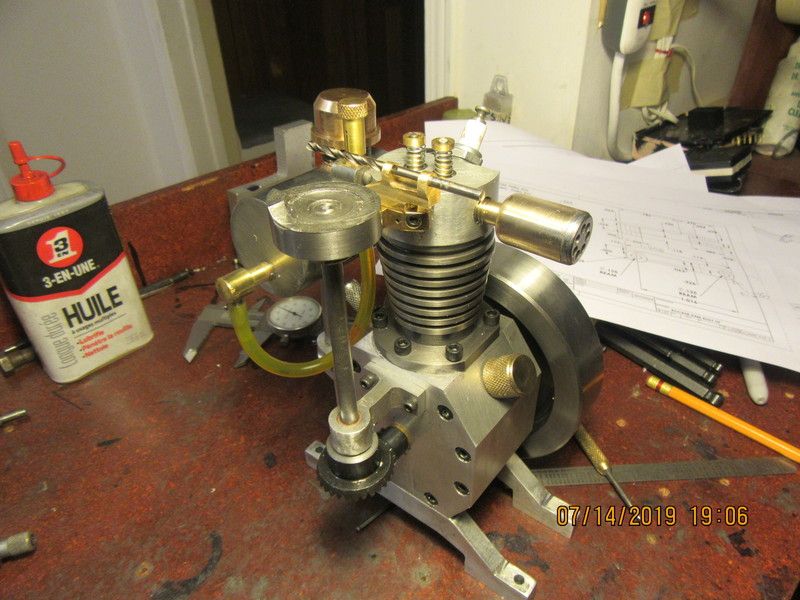
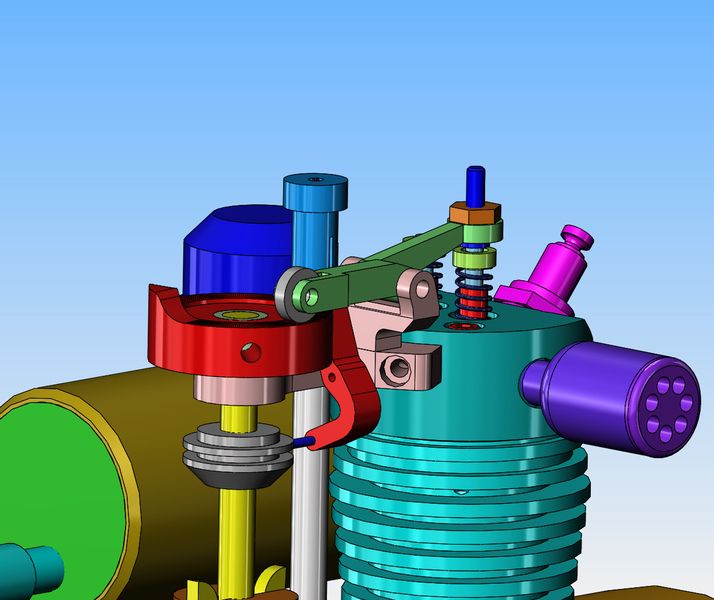
Today I made the very TINY rocker arm pivot. (The part with the drill stuck thru it.). It is my hope that I can bolt the rocker arm pivot to the brass bracket it is setting on top of. But, there is a catch---when the rocker arm is installed, one end of it has to be perfectly centered over the exhaust valve, and the other end must hold the contact roller perfectly in line with the center of the track on the face cam. Being old and filled with wisdom, I know damned well that if I just arbitrarily bolt the rocker pivot to the top cam shaft bracket, that's never going to happen. So, I won't do any bolting until I have built the rocker arm and installed it and the pivot shaft in place and then, with everything lined up "dead nuts", I will proceed to clamp things together and drill/tap the holes for the bolts which hold the rocker pivot in place. Tomorrow I'm off to the hospital for a cataract operation, so I'm not sure when I will post again.---Brian


Today I made the very TINY rocker arm pivot. (The part with the drill stuck thru it.). It is my hope that I can bolt the rocker arm pivot to the brass bracket it is setting on top of. But, there is a catch---when the rocker arm is installed, one end of it has to be perfectly centered over the exhaust valve, and the other end must hold the contact roller perfectly in line with the center of the track on the face cam. Being old and filled with wisdom, I know damned well that if I just arbitrarily bolt the rocker pivot to the top cam shaft bracket, that's never going to happen. So, I won't do any bolting until I have built the rocker arm and installed it and the pivot shaft in place and then, with everything lined up "dead nuts", I will proceed to clamp things together and drill/tap the holes for the bolts which hold the rocker pivot in place. Tomorrow I'm off to the hospital for a cataract operation, so I'm not sure when I will post again.---Brian

